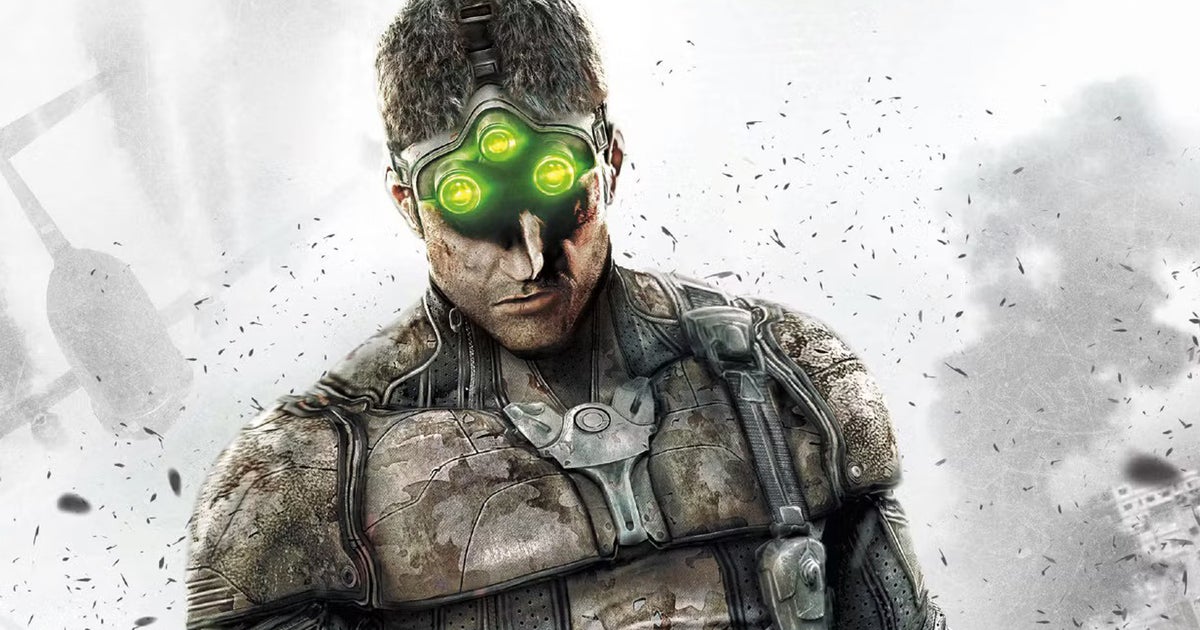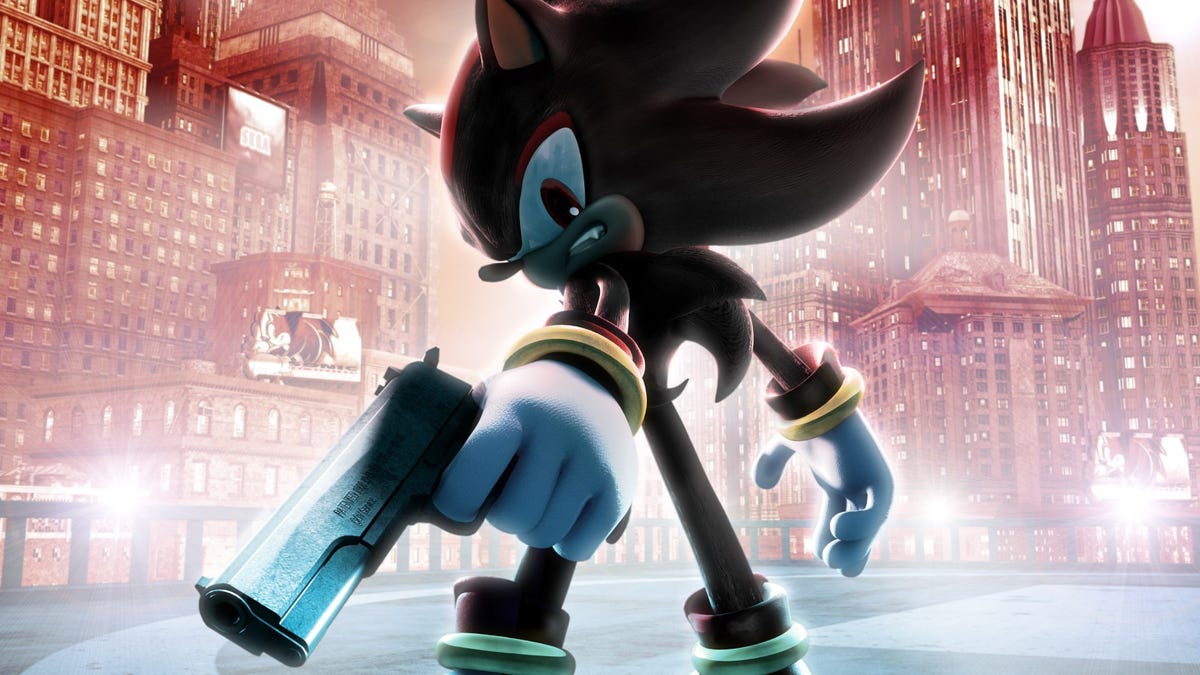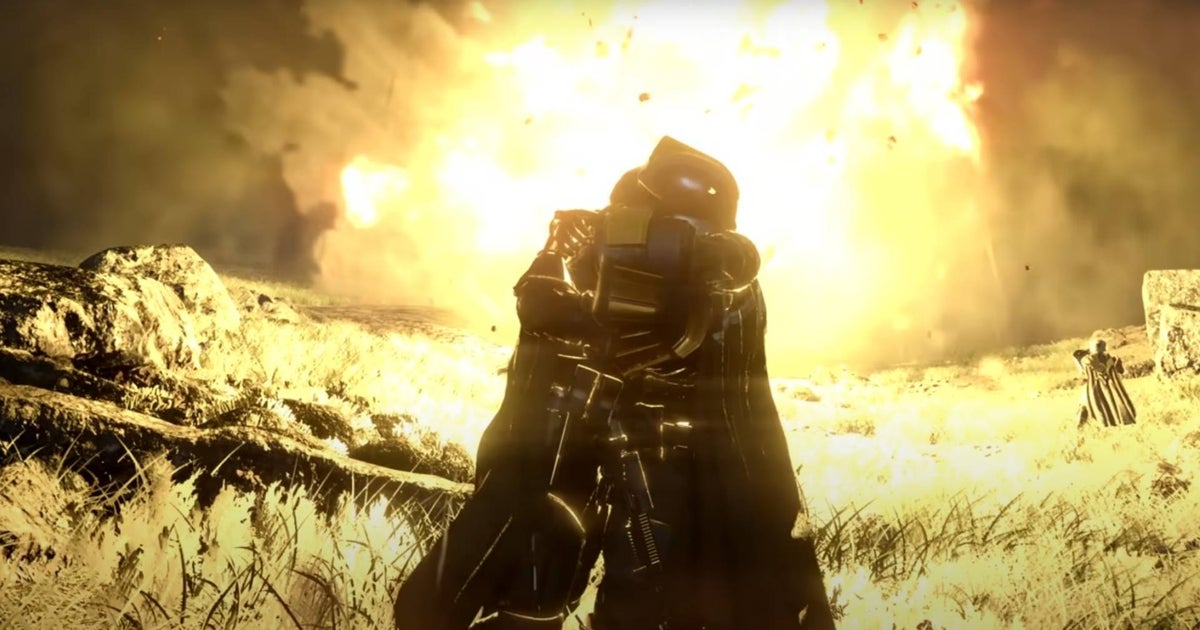Ever since The Wind Waker and Twilight Princess were reissued on Wii U with clean HD graphics, fans of this 35-year-old adventure have been eagerly awaiting the time Skyward Sword would receive the same treatment. After all, it was the last ‘480p’ part to be restored, but the Wii original was so unique that its modern adaptation had to surpass the visual facelift in several ways. Now that The Legend of Zelda: Skyward Sword HD is finally coming to Nintendo Switch a decade after its original release, I’m delighted that this remastering hides more than meets the eye.
But first things first the graphics. I’ve done my homework – and I’m sure many of you reading this have done it lately – and I’ve played different sections of the Wii game to prepare for this review. And I have to say that while there isn’t a Wii game that has visually aged particularly well, Skyward Sword was without a doubt one of the worst cases. Because it wasn’t just the sub-HD resolution that made for the sawtooth party, but also the sacrifices the development team had to make to make the game work properly. By removing the cut world, the character spacing was significantly reduced, while a Bokeh effect in watercolor style I tried to hide the elements in low resolution. To make matters worse, when the game was connected to an HD monitor via a digital interface, noise and artifacts caused by the image compression were painfully perceptible.
Now all of that is gone. The five times higher resolution
This brings the once precious work of art to life as it was originally intended. It’s true that you can still notice its ‘low poly’ origins or how some textures here and there didn’t come out very well from rescaling, but it’s a very decent restoration job that takes a classic and even makes it playable now for many. If we add double the frame rate (now it’s running.) smooth at 60 fps) the result is not only visually appealing, but also for a movement-based gaming experience in which fluids are essential.
Because how Nintendo should handle the controls was the most important and most controversial point of this remaster in addition to the graphic revision. The Wii game was the motion control paradigm of its generation, a full-fledged adventure, deep, “serious” if you will, designed around the late but highly anticipated 1: 1 successor to Wii MotionPlus technology. At the same time, it was just as true that there were many fans who were not interested in this control method so they wouldn’t play this game or with a Deku stick unless Nintendo implemented traditional controls. And now we have both options.
Actions by movement with Joy-Con controllers they work a little better. Technology, it is said, has advanced since then, but maybe it’s the aforementioned 60 fps frame rate that makes the difference. Slashing disks with your sword, rolling a bomb or building a basket, controlling your tele bug or your trusty Pelicaro … everything reacts a little more agile and with less delay, although the difference is minimal, as I could compare. You still owe Recalibrate the center
Then, Button control works fine? Let’s see, I would personally recommend everyone to try motion controls as much of the meaning, fun, and purpose of this game will fly without them. However, the solution proposed as traditional controls is correct, as the right stick mimics the blows of the sword in all directions. It takes a while to get used to as you don’t press a button to attack, but it’s quick and accurate. Perhaps “too precise”, in fact, if you compare it to your sword skills.
However, there are some caveats to be noted in this regard. If you play with movement on the television and then of course with keys on the laptop, the transition is not that easyYou have to rethink certain changes in the arrangement of the controls before you feel at home. In other words, the “toggle gesture” that defines the hybrid console is not as natural here as it is in most catalogs.
The second thing to keep in mind is much, much more important since we are talking about something that will completely change the game. Given the convenience of placing the right stick when choosing motion control, Nintendo has decided to associate the stick of the Joy-Con R with what is probably the most welcome novelty of this remaster: the ability to Move the camera freely. Do you remember when it couldn’t be done on Wii and you had to fix it on your back all the time, like the old days of N64? This instantly improves the game, makes exploration more cinematic and friendlier, and even helps with first-person aiming. Once you notice the change, don’t stop readjusting your view. With the new classic controls, you have to press L at the same time as the stick, and there is also an alternative motion camera (the irony), but which has nothing to do with it.
Other minor tweaks and adjustments that will be appreciated, however, are as subtle as printing the names of the characters speaking on-screen, which makes both controls vibrate according to the action to speed up the dialogs or see how the game saves automatically drive past a Pelicaro statue which, believe me, also makes the whole experience better.
The rest is history. The game itself has not aged as well as it is the last of its kind, a pretty worn-out 3D Zelda formula that was buried by the Breath of the Wild outbreak. It’s a very interrupted experience that (despite the abbreviations added) takes time to get started and then next to certain irritating decisions such as: the encounters with the sleeper. However, it also tells a more charming and character-centered story than usual (Impa, we love you), includes several brilliant dungeon and boss skins (Lanayru, go for you), and brings the focus back to the adventure genre seldom seen today. It’s been over 50 hours of clever puzzles and rewarding battles, and swinging the sword is still just as exciting.















